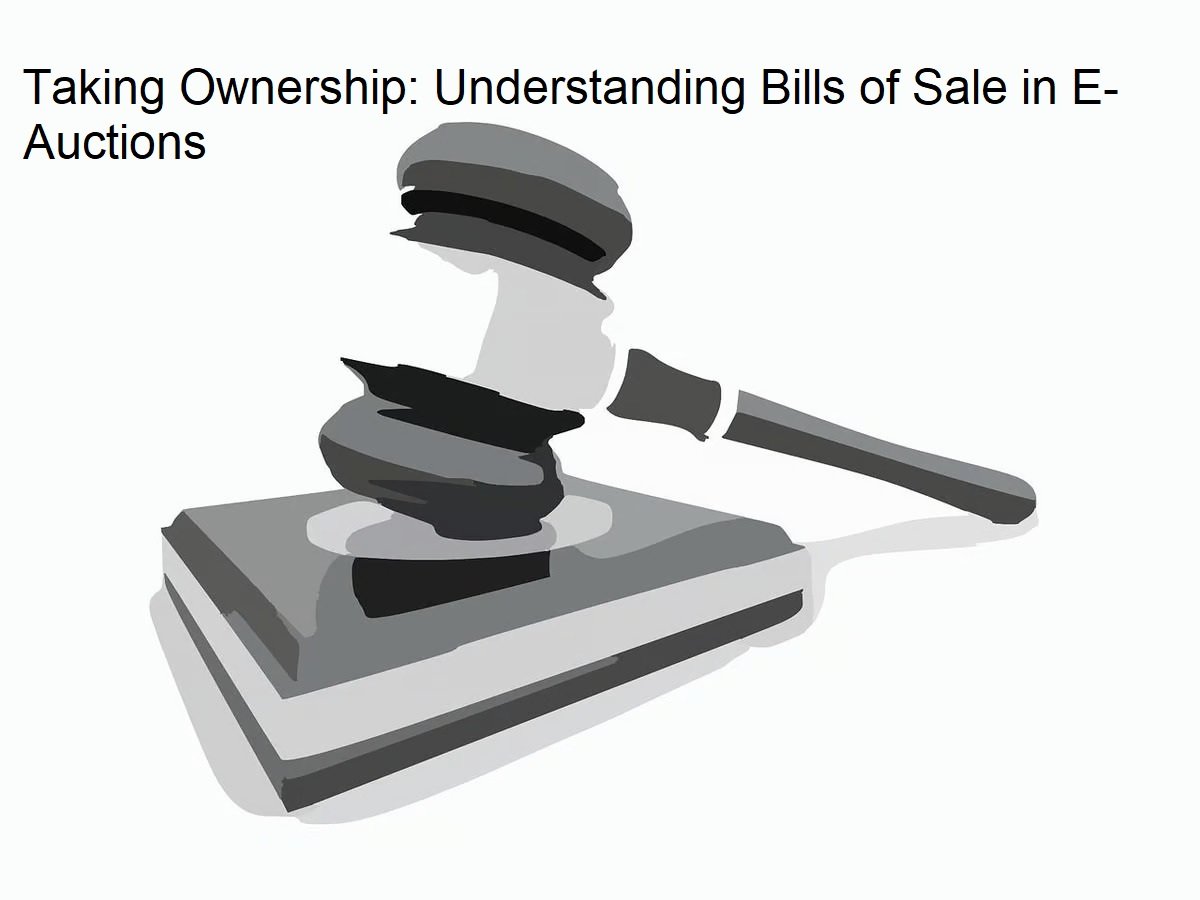Introduction:
In a recent ruling, the Kerala High Court dismissed a petition challenging proceedings initiated under the SARFAESI Act, asserting that the Micro, Small, and Medium Enterprises Development Act, 2006 (MSMED Act) does not supersede the provisions of the Securitization and Reconstruction of Financial Assets and Enforcement of Security Interest Act, 2002 (SARFAESI Act) in the context of recovering secured assets.
The Power of the SARFAESI Act:
Justice K. Babu, in a Single Judge Bench, emphasized the comprehensiveness of Section 17 of the SARFAESI Act, declaring it a complete code that provides remedies to individuals aggrieved by actions taken under Section 13. This section grants the Tribunal extensive powers to address any illegality associated with the measures taken by secured creditors.
Tribunal's Authority:
The Tribunal, under Section 17, is empowered to assess whether measures taken under Section 13 comply with the SARFAESI Act and its associated rules. This includes the ability to restore management or possession of secured assets to the borrower or any affected party.
Case Background:
The petitioner, the proprietor of M/s. Evercool Enterprises, Manjeri, availed a credit facility from a bank but defaulted on repayment. The bank, invoking SARFAESI Act provisions, classified the petitioner's loan account as a Non-Performing Asset (NPA) and issued notices, triggering legal actions.
MSMED Act's Invocation:
The petitioner sought relief under the MSMED Act, requesting the constitution of a committee and loan restructuring. However, the bank proceeded under the SARFAESI Act without considering the petitioner's request, leading to the filing of the petition.
Legal Perspectives:
The Court, citing relevant cases such as Kotak Mahindra Bank Limited v. Girnar Corrugators Pvt.Ltd and Abdul Nazer v. Union Bank of India asserted that the MSMED Act cannot override the statutory provisions of the SARFAESI Act in matters concerning secured assets.
SARFAESI Act's Purpose:
Highlighting the unique purpose of the SARFAESI Act, the Court stressed that it enables securitization and empowers financial institutions to take possession of securities and sell them without court intervention, serving as specialized legislation for enforcing security interests.
Judicial Expectations:
The Court emphasized that individuals aggrieved by the actions of secured creditors have an effective remedy through the Tribunal, which is expected to delve into both factual and legal aspects, including statutory violations.
Court's Disposition:
Referring to the precedent set in South Indian Bank Ltd. v. Naveen Mathew Philip, the Court underscored that Article 226 powers should be exercised sparingly, particularly in commercial matters with established statutory redressal mechanisms. Finding no extraordinary circumstances, the High Court rejected the petitioner's plea.
Conclusion:
This judgment reinforces the supremacy of the SARFAESI Act in matters of secured assets, clarifying that the MSMED Act cannot override its provisions. The Court's emphasis on utilizing the specific redressal mechanisms provided by legislation highlights the importance of adherence to established legal frameworks in commercial disputes.


